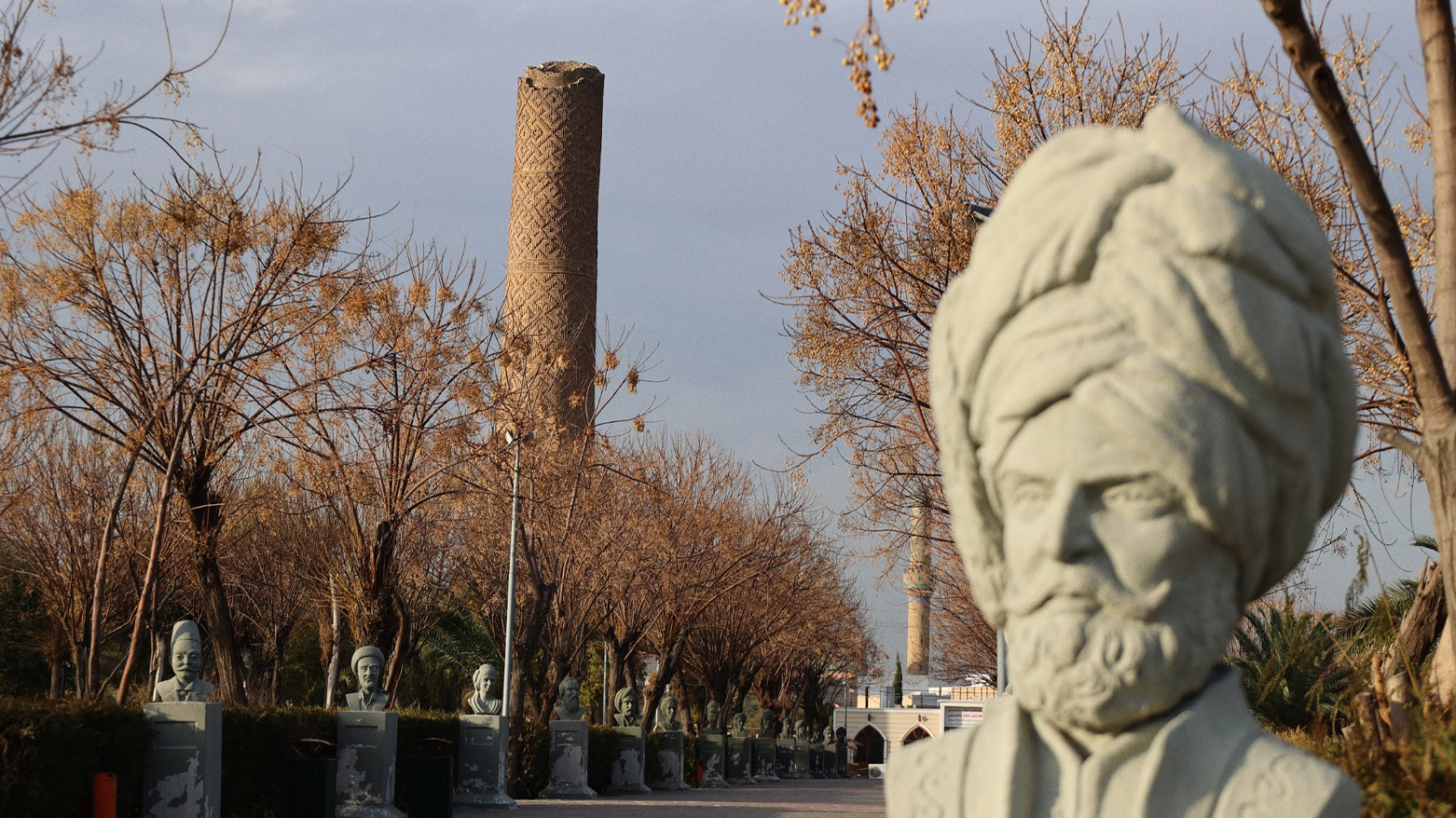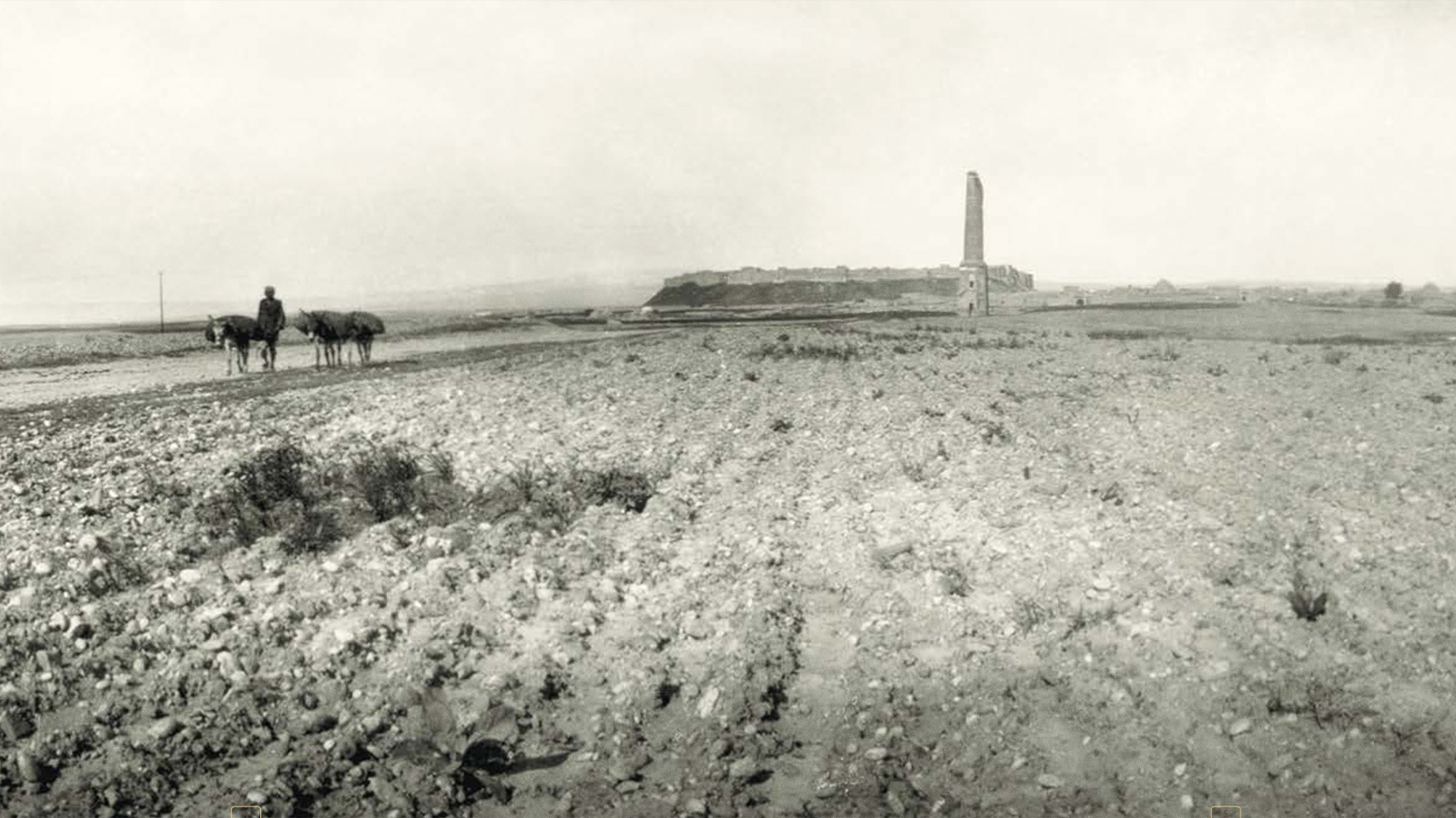Erbil's Iconic Choli Minaret to Undergo Major Renovation
Erbil’s historic Choli Minaret will soon be renovated to preserve the 900-year-old landmark and boost tourism. The project, led by local engineers with Czech consultation, will include structural repairs and site upgrades to the iconic structure.

ERBIL (Kurdistan24) – A major renovation project is set to begin on Erbil’s historic Choli Minaret, an effort officials say will help preserve the nearly 900-year-old landmark and enhance its appeal as a key tourist destination in the Kurdistan Region's capital.
The restoration work on the celebrated structure is scheduled to start in the near future, according to the city’s director of antiquities.
"The renovation of the Choli Minaret is scheduled to begin, and for this purpose, we will hold a meeting with the relevant authorities next week," Nader Babakir, the Director General of Antiquities and Heritage of Erbil, told the Kurdistan24 website on Wednesday.
Babakir stated that a team of local engineers will carry out the restoration. Their work will be informed by a recent field investigation conducted by a Czech expert team, which identified the minaret's deficiencies. This is the same team that had previously performed renovation work on the structure 17 years ago and revisited the site on May 5 of this year to conduct a detailed study.
The planned upgrades are both structural and aesthetic, aimed at securing the site and improving the visitor experience.
"We will replace the minaret's fence and install cameras around it, in addition to filling the gaps and making several other changes," Babakir noted. "This will attract the attention of tourists, especially as we are now working to draw more tourist interest to the field of antiquities and heritage."
An Enduring Landmark
The minaret, a celebrated symbol of the city often called the "City of Citadel and Minaret," has a history stretching back nearly nine centuries. Officially known as the Mudhafaria Minaret, it stands as a prominent historical landmark in the heart of Erbil, according to a report by Kurdistan Chronicle Magazine.
It was constructed between 1190 and 1232 AD during the reign of Sultan Muzaffar al-Din al-Kawkaboori, the ruler of Erbil under the command of the Kurdish-Islamic leader Saladin. The magazine reports that the minaret is widely considered to be the only surviving element of the grand Muzaffariya Mosque, which was built as part of a significant period of urban development.
During al-Kawkaboori's rule, improved security allowed residents to begin settling beyond the ancient citadel walls for the first time. This expansion included the establishment of two schools, the historic Qaysari Bazaar, and the mosque to which the minaret was attached.

Over the centuries, the mosque collapsed and the area around the solitary tower became relatively empty, leading to its common local name, Choli Minaret, which translates to “Desolate Minaret.”
Architectural and Historical Significance
Located approximately one kilometer west of the UNESCO-inscribed Erbil Citadel, the minaret is an architectural marvel. According to Kurdistan Chronicle, the structure stands 36 meters tall and is composed of baked bricks adorned with Kufi calligraphy.
Its design is unique, beginning with a seven-faceted base that transitions to an eight-faceted design at the seven-meter mark. This 15-meter tall base features two separate doors, one on the west and one on the east, each leading to independent spiral staircases that do not intersect. The upper portion is a 21-meter-high cylinder, which was likely taller before weather and neglect caused partial collapse.
The structure remained largely neglected until 1935 when the Iraqi government designated it a heritage site. The first major restoration was undertaken in 1960 by Iraq’s General Directorate of Antiquities.
Today, the area around the Mudhafaria Minaret has been developed into Minaret Park, a public garden that attracts both local residents and visitors, offering a tangible link between Erbil's vibrant present and its rich historical legacy.
Kurdistan24's News Writer Shorsh Harki contributed to this report.
